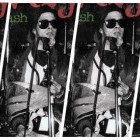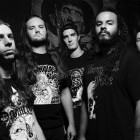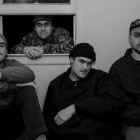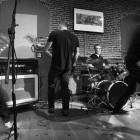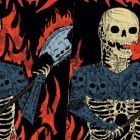
A few weeks back, my mailbox was blessed with a copy of My Punk Rock Life - The Photography of Marla Watson, an excellent new book I know many No Echo readers will love.
The book features over 300 high-quality and rarely seen images from the early days of the hardcore punk scene shot mostly around the Los Angeles area. Everyone from Black Flag to Minor Threat to Circle One. In addition to the photos, Marla reached out to both friends and strangers to write short pieces about their experiences from the era.
I spoke with Marla about the book and her experience growing up in Los Angeles during the first wave of hardcore punk.
Tell me a bit about your upbringing here in the Los Angeles area and how you came to discover punk music. There was obviously such a great punk scene here in Los Angeles, and there was also Rodney’s show on KROQ helping spread the word about the music.
I was raised in North Hollywood. In school always felt like an outcast. I got bullied for reading too much and being smart. I had a friend in high school who was into punk. She started taking me to shows and I was hooked. My younger sister and her friends also got into punk and since I drove I started taking them to shows.
How tough was it getting your camera into venues to shoot bands? These days, there are tons of people shooting at hardcore punk shows, but I’m curious about your entry to it, especially as a woman and dealing with macho assholes.
Believe it or not, the only place I couldn’t get my camera in was the Whisky [a Go Go]. Punk clubs welcomed cameras. Once inside, you could just walk up and stand on the side of the stage. We had a fanzine in the works so we made press passes to look official. Goldenvoice/Gary Tovar was the greatest and always gave us photographers backstage passes.
As for macho assholes, it really I didn’t find many in the punk scene. The guys certainly outnumbered the girls 10:1. I’m not saying there wasn’t sexism but having a camera gave me entrée to a different view of the scene. Much like being a musician, photographers brought an element of skill to the table and there was some respect for what we did, even then.
There also were just a handful of us, compared to later years. Now everyone has a camera on their phone so photos aren’t as rare or unique.

Who were some of the local bands that were most welcoming to you and having you shoot them?
All of them. Nobody ever said no. Remember punk was 100% DIY. The bands, the fans, the photographers et al needed each other. Nobody else was documenting the scene. No one cared about hardcore punk except us. But definitely Channel 3 was the band I shot the most. Those guys were and are so cool.
Fun story, I shot the photo for Channel 3's 1983 US tour poster and they also used one of my recent photos for their 2023 tour of Japan. Two posters 40 years apart. How cool is that?
Did you notice a huge difference between the punk/hardcore scene in California to the one you encountered in London when you went there in late 1983?
I was only in London for a couple of months. Their scene was pretty cool. I had written an article on Channel 3 for Punk Lives! magazine and I met those guys in London. That’s how I got a backstage pass for the Leeds Queens Hall show.
The shows in the UK had far less photographers. I really liked UK punk and got to see so many great bands. Much like Los Angeles, there was a great gig going on every night.
How did this book come together? Was it a long time in the making and how did it feel going back through your photo archives?
The book was always in the back of my mind. I started and stopped versions of it for years. The COVID lockdown gave me a lot of extra time. Although I worked full time, I had the evenings and weekends with nothing to do and nowhere to go.
I didn’t know how to make a book. I was not a graphic designer. My daughter showed me a couple of programs for book layout and I started to teach myself a few tricks. There was a lot of trial and error. In my mind, I knew what I wanted the book to look like so I laid it out the way I wanted.
I didn’t know anything about creating a photography book and I think that played into my favor. It made it more DIY, which it was. I had to redo it a few times on different programs before I got it right. Ultimately, I think it turned out pretty well.
Looking back through my photo archives was like treasure hunting. I found photos I forgot existed. And after waiting 40 years to do anything with them I now had advanced technology to help me make them look so much better.

Of all the bands/musicians you shot back then, who would you say was your favorite? I mean that from a strictly photographic point of view.
That’s a hard one! I loved Social Distortion and took a lot of photos of them. The Dead Kennedys shows were wild and fun to shoot as were the Vandals who I shot in both color and B&W.
TSOL was just a great band with some very handsome dudes and Jack [Grisham} was mesmerizing on stage. The Misfits were so different from the LA bands and so interesting to shoot. I absolutely loved Channel 3 and shooting them was a joy.
Ugh! This is too hard. But strictly photographically I’d say my favorite was The Vandals. I love bands with a sense of humor. Stevo [Steven Ronald Jensen] was an amazing frontman and Human [Steve Pfauter] was so photogenic with his Campbell’s Soup necklace, handmade t-shirts and jester hat. But I reserve the right to change my mind.

***
My Punk Rock Life - The Photography of Marla Watson is out now via Earth Island Books (order here).
***
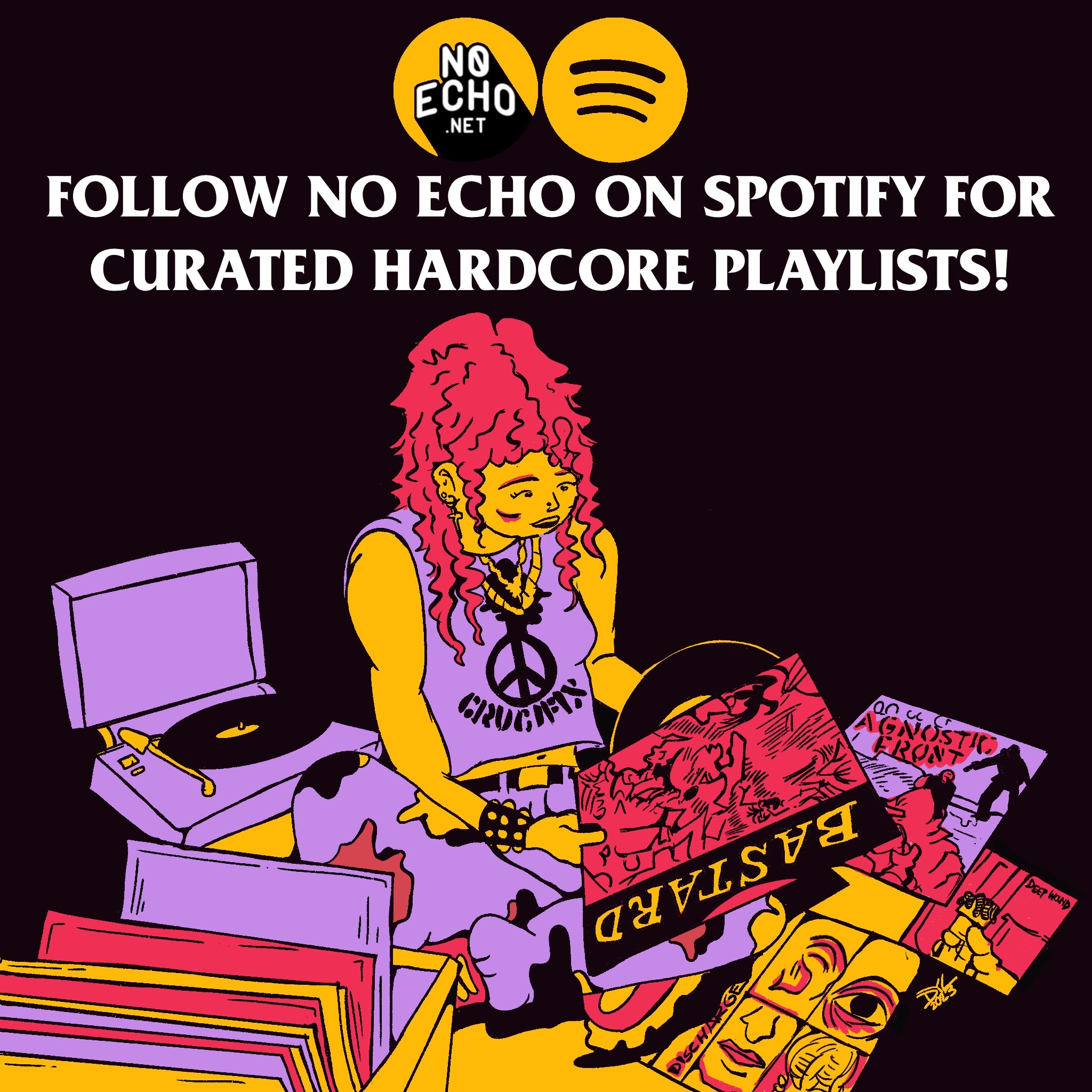
Tagged: black flag, book, circle jerks, circle one, descendents, minor threat, misfits, social distortion, vandals







